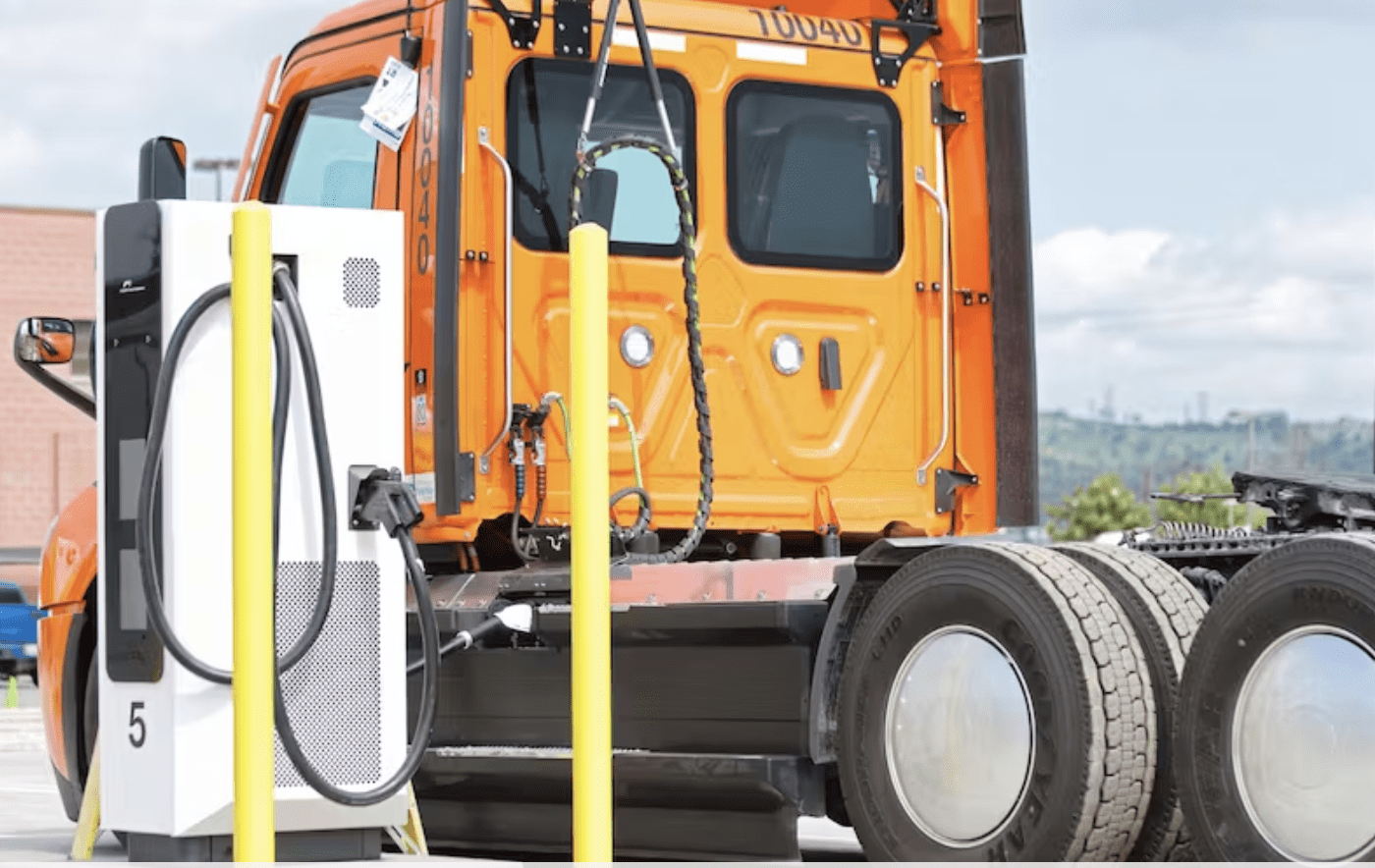Volvo’s New Solutions Ease the Transition to Electric for Trucking Fleets

At Recharge America we like to reflect on the many benefits that accrue when we begin to electrify major areas of the economy. This week we’re celebrating a recent announcement from Volvo that puts those benefits on full display. Volvo has debuted a program to make fleet conversions to electric a smooth transition for their […]
